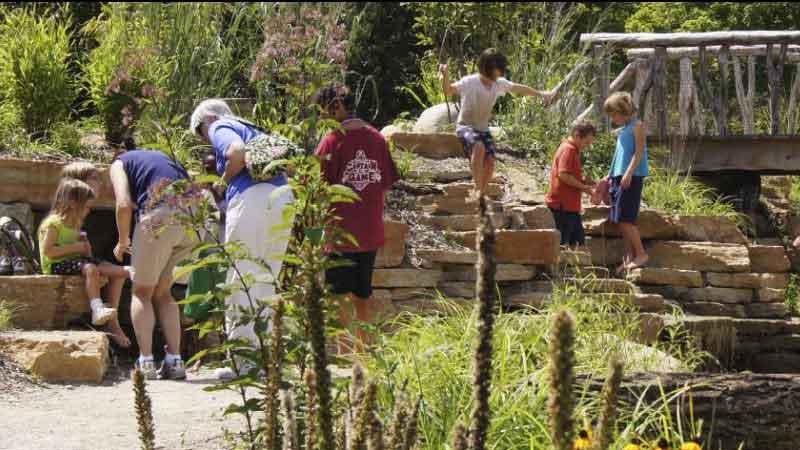Revisiting the Aesthetic education in art, architecture, and design
From teaching to enabling knowledge creation
From conditioning to awakening
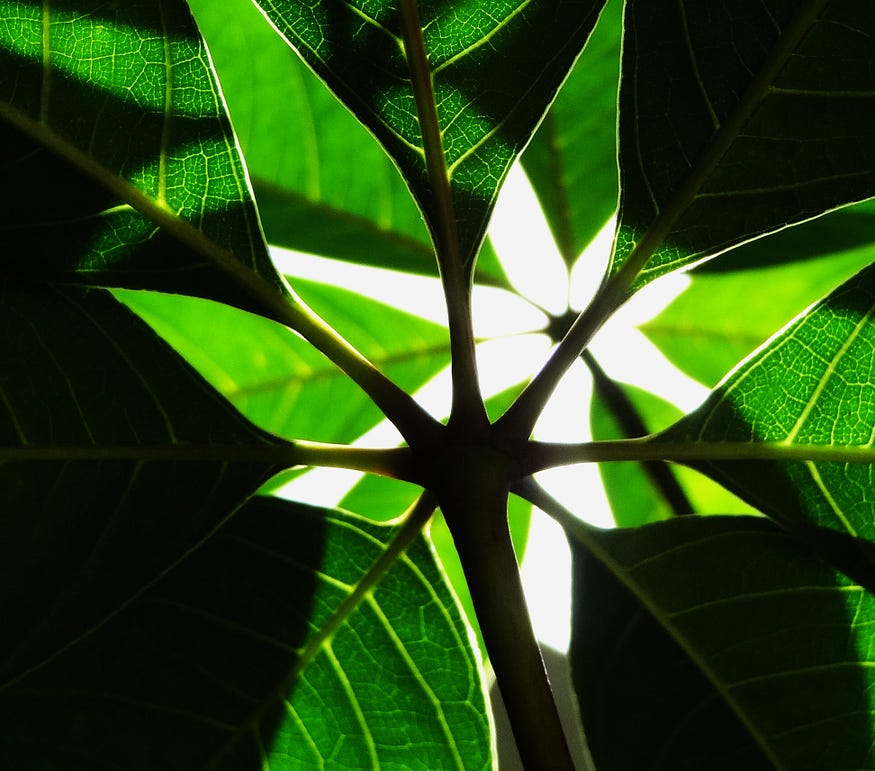
My recent experience at a design institute is the basis for this article which is a culmination of years of exploration on how not to teach but yet learning, which means knowledge creation, should take place. I offered this in such a way that I enabled the students themselves to articulate which are the elements and principles that constitute beauty. I have been practicing this ‘no-teaching’ pedagogy from the time I began to work with artisans where I have been able to produce very original and authentic products which the artisans themselves had made. I then extended this to children from the potter’s community in Aruvacode, Kerala, students from various schools, and finally with design and architecture students.
Genesis- evolving a ‘No-Teaching’ Pedagogy
I have been experimenting with no teaching pedagogy from the time after I began to work with rural tribal artisan communities because I felt it is demeaning to teach people who have been artisans for centuries with immense non-articulatable knowledge. Moreover, my education has only re-colonized me to the ways of the western paradigm. Education that way is a sort of conversion.
With Artisans
As I began to work with artisans, I quickly realized their potential to help me in decolonizing myself and naturally, I began to look for ways to be with them, but without interfering with their natural ways of learning and practicing the crafts. So, I evolved a do-nothing process where there was no teaching at all. I was able to produce excellent results with this approach as the artisan began to create very original and culturally rooted products.

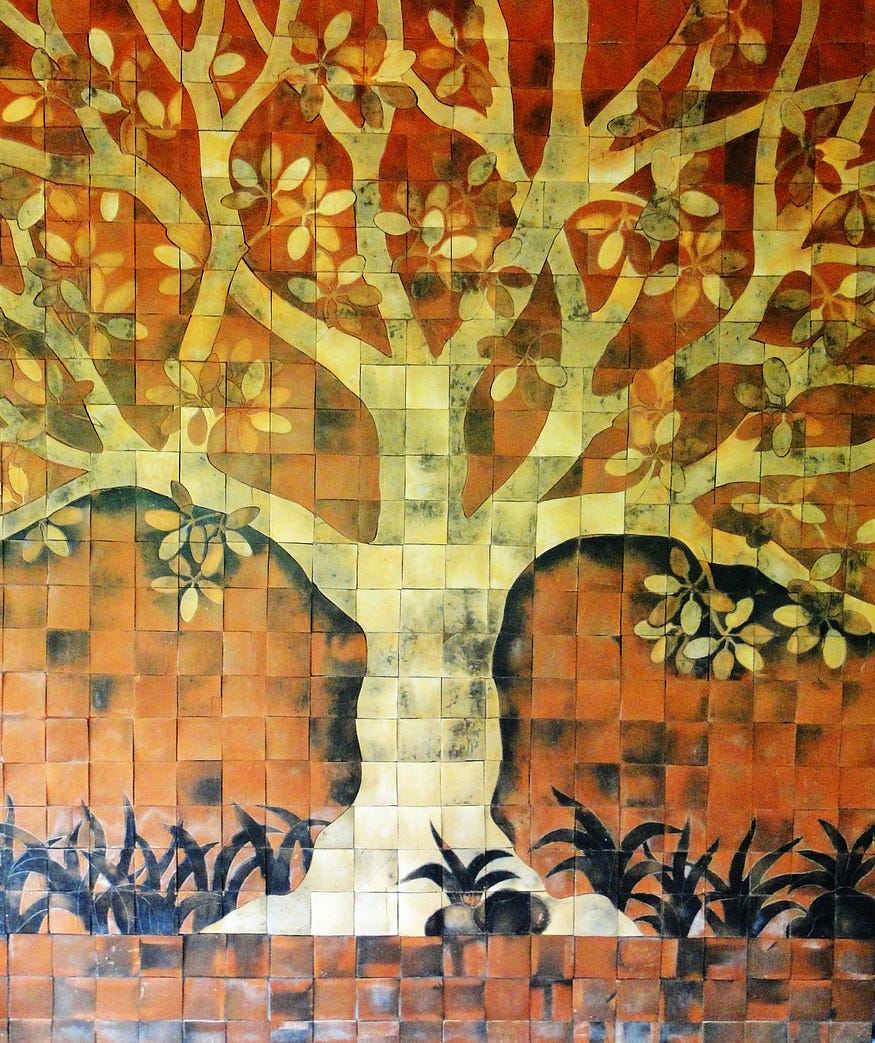
With Children
As I found this approach very successful, I began to extend this to children also. From 2003 I made this shift while doing a yearly workshop of two months with the children of potters in Aruvacode. This turned out to be even more fruitful and helped me to explore further the very nature of learning.
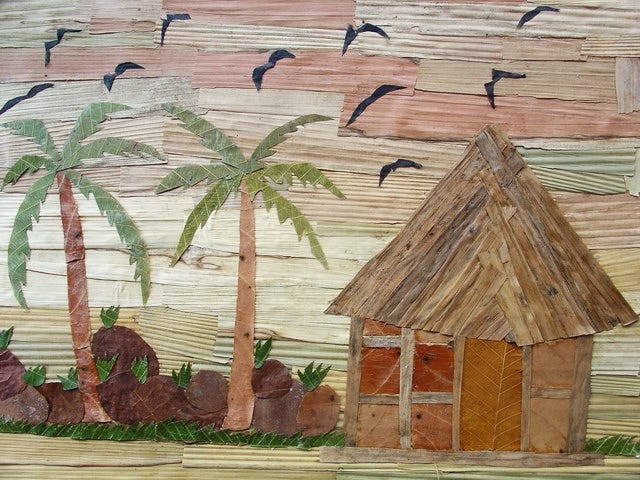

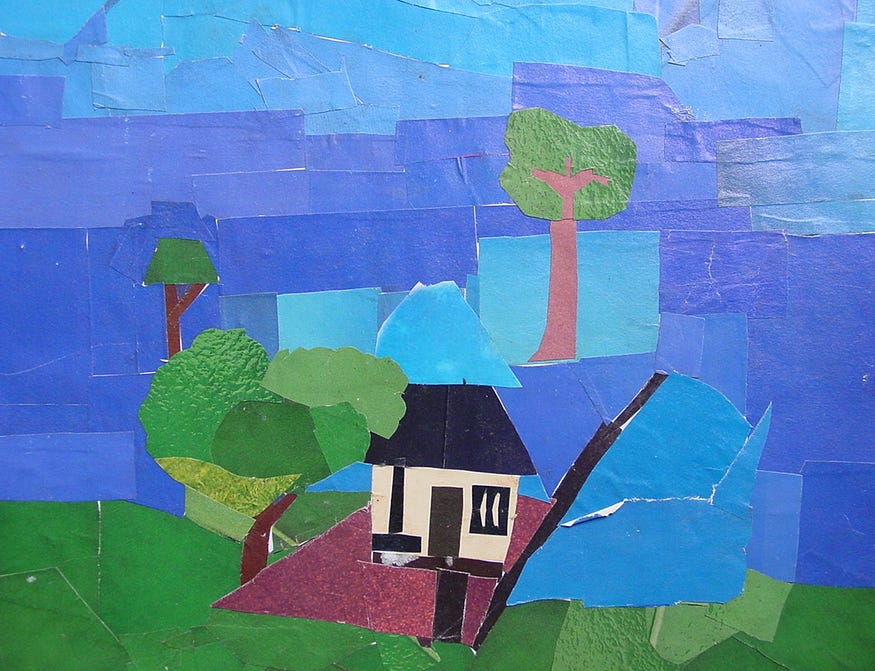
It became very clear that learning is rooted in our biology and something that happens choicelessly and naturally.
With Design and Architecture Foundation students
From the year 2010, I began to work with design and architectural students. There started using the same principles. But here the catch is that by the time the students come to learn they are already conditioned and cognitively rewired by the school system. So, the first job is to address the damages of schooling, to address the wrong cognitive habits, and slowly make them go through the journey that would eventually make them true learners if there are conducive conditions.
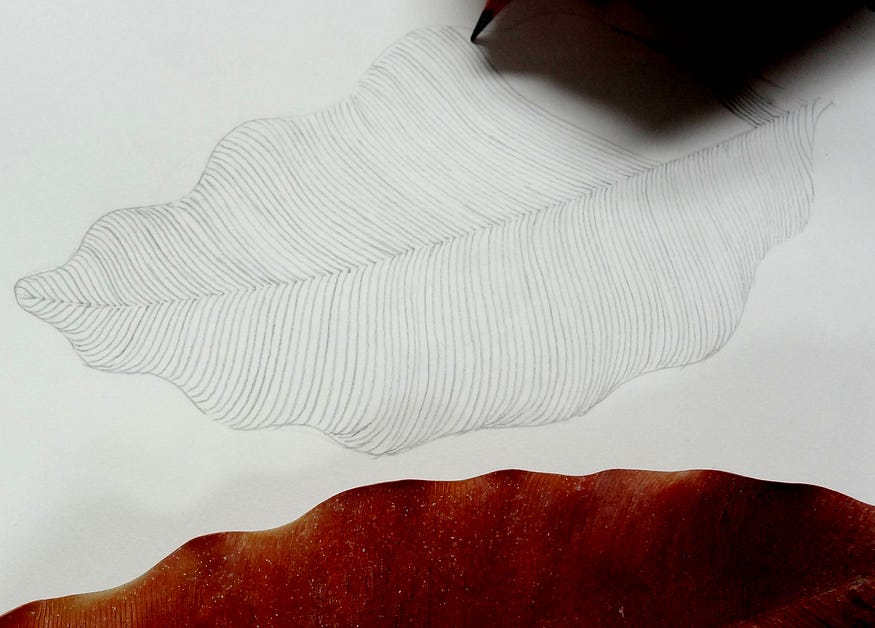
Shifting from the fragmented approach to a holistic approach
Even though I did not do any teaching, the way I approached elements of design was to start with various elements one by one and then go into the principles also one after the other. By this approach, a proper synthesis doesn’t happen. This is the way we were taught the second language where we learned first the meaning of many words and the grammar but we did not know how to speak. Putting together these elements and rules later does not work.
So, like in the way how we learn our mother tongue without knowing the grammar and without learning the meaning of each and every word we started with experiencing beauty, and then as we began to reflect on why something is beautiful we were able to see what are the constituents of beauty and how it all came together to constitute beauty.
From 2019 I shifted from the linear approach to the holistic approach where students were not taught anything but got them to experience beauty and articulate the elements and principles.
The highlights of the process are
1. Enabling knowledge creation instead of knowledge transfer.
2. Shifting the mindset of students from mere knowledge receivers to knowledge creators or true learners
3. Becoming co-learner, thus unburdening the’ know-all’ pretense of the teacher.
4. Re-establishing the primacy of the process. That is, instead of knowledge preceding knowing, knowing preceding knowledge.
5. Re-establishing the primacy of the unknown instead of the known.
6. Re-establishing the natural role of experience as the content, experiencing as the process, and thus, bringing back the whole Being instead of the fragmented mind.
7. Enabling knowledge creation into an open process where the student is able to hold doubts as well as treat knowledge, not as a finished product but, an in-process kind of an entity.
8. Establishing total dedication and involvement.
9. Reclaiming true openness, playfulness, and creativity.
10. Reclaiming the natural cognitive system that enables the creation of knowledge (of the real world and experiencing the whole; exploring the parts and organic reintegration of the whole).
11. Enabling a journey towards being original, authentic, and thus autonomous, rooting oneself to their ‘culture’
12. awakening ecological sensitivity, a true sense of beauty, and re-establishing the communion with nature
13. From false confidence of a know-all kind of attitude to humility.
All this may sound too good to be true. But this is the natural way of knowing and being, provided we don’t interfere with the natural development of our true cognitive foundation and the ensuing cognitive system.
I used drawing, colorwork, photography, clay, and journaling as a means to achieve this.
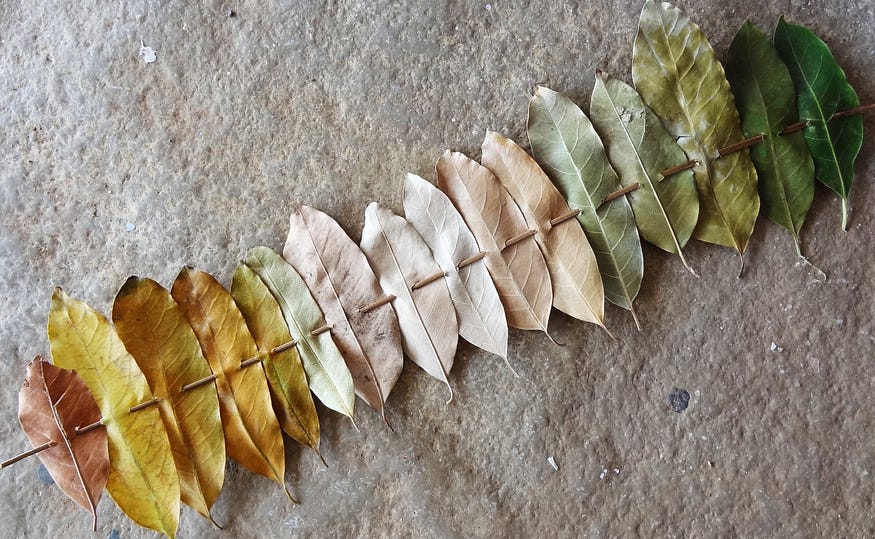

One fundamental shift this kind of method makes is to make the knowledge a process and loosen up the rigidity associated with ‘right’ knowledge. Our usual response with total confidence on knowing the right answer gets shaky. This will unnerve both the faculty and the student as they are not used to the fact that answers can be tentative because till then we have been dealing with knowledge as a rigid product.
This is the true meaning of being open. Open to the creation of further knowledge!
We experience a sort of fear when we do not have the correct answer. I often enjoy this uncertainty with which the students respond. To make the students ok with this is difficult as the other faculty members do not understand this uncertainty and they expect a clear and ready answer. The false confidence that the mugged-up definition gave was difficult to shake.
Another beauty of this approach is that it frees the burden as a know-all-teacher and makes one totally democratic, treating students with respect, becoming part of their learning process, enjoying their playfulness and exploration, and becoming co-learners.

My own opening up happened due to the research I am on about why what and how children create knowledge autonomously and by experiencing the fact that in traditional artisan communities there is no teaching and yet every generation has very good artisans. In the process, I had to totally redefine several concepts that I had imbibed from the present educational paradigm that is totally rooted in transferring ready-made knowledge as a final product with total certainty.
We often mouth about being ok to make mistakes but do not understand what exactly is a mistake. In fact, even the notion of mistake is flawed the way it is used in the modern educational context. Would we call a mistake when a child just learning to walk falls down? The present notion of mistake is introduced by the very way modern schools have been established. In the natural scheme of things neither there are mistakes nor there are failures and even succuss.
What I have been trying to address through this approach are two aspects. One is the homogenization of aesthetic sense due to teaching the same ready-made notions that had been produced in the west and the second one is the whole mechanization of the mind due to students learning to apply rules and formulas in order to make designs.

The true potential of design and architectural education
Design and architectural education have immense potential for guiding the reimagination of the whole modern educational paradigm by making use of some of its specialties and also learning from children and indigenous cultures how to autonomously learn and create knowledge of their contexts.
Catch 22
The development of aesthetic intelligence experientially is the only way to reclaim our sensing, feeling, and intuition-oriented cognition but not by indulging in the modern conceptions of art, embodiment, etc all of which are still based on the mind.
So how do we shift our fragmented mind-based paradigm to the wholistic body-based paradigm?
Links to some of the experiments with artisan
http://www.re-cognition.org/crafts/philosophy.html#, http://www.re-cognition.org/crafts/aboutus.html
Children https://sensingnatureknowingnature.weebly.com/ , https://www.youtube.com/watch?v=SZvdbiBRRBc
Rethinking foundation (https://rethinkingfoundation.weebly.com/
Thanima conference on beauty and pedagogy https://thanima.co.in/index.php?/)


